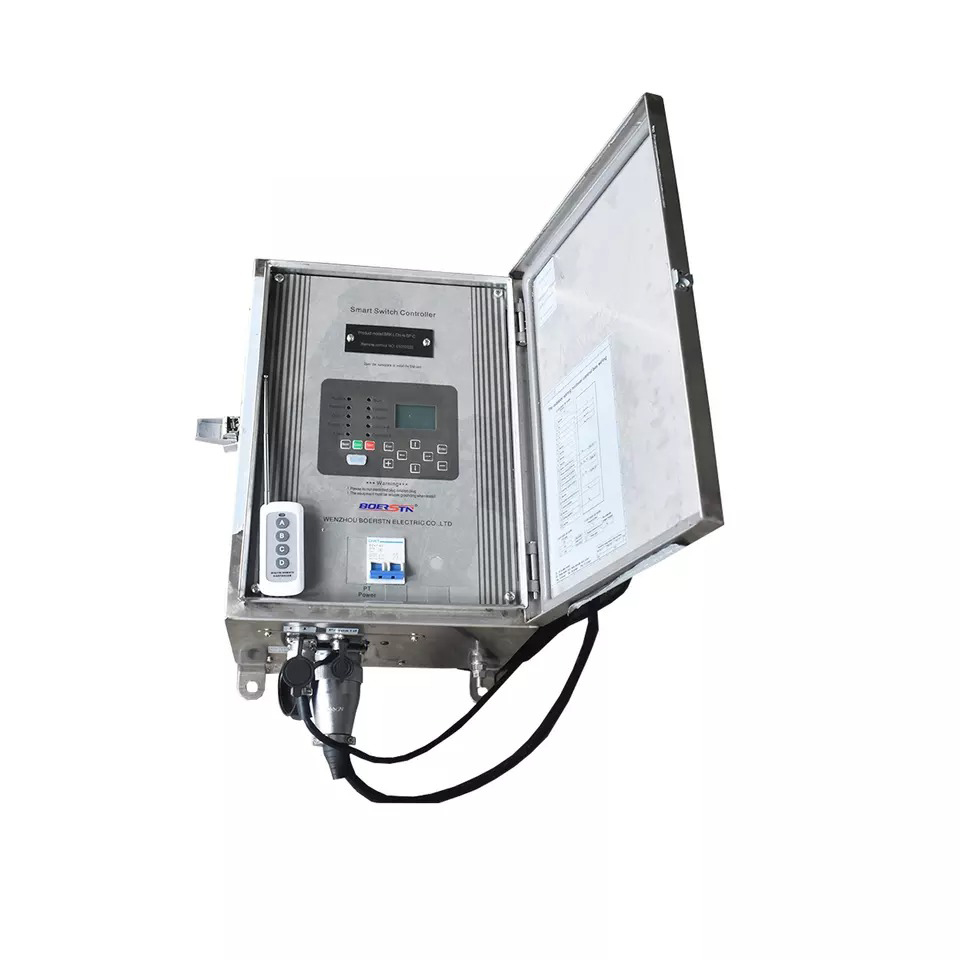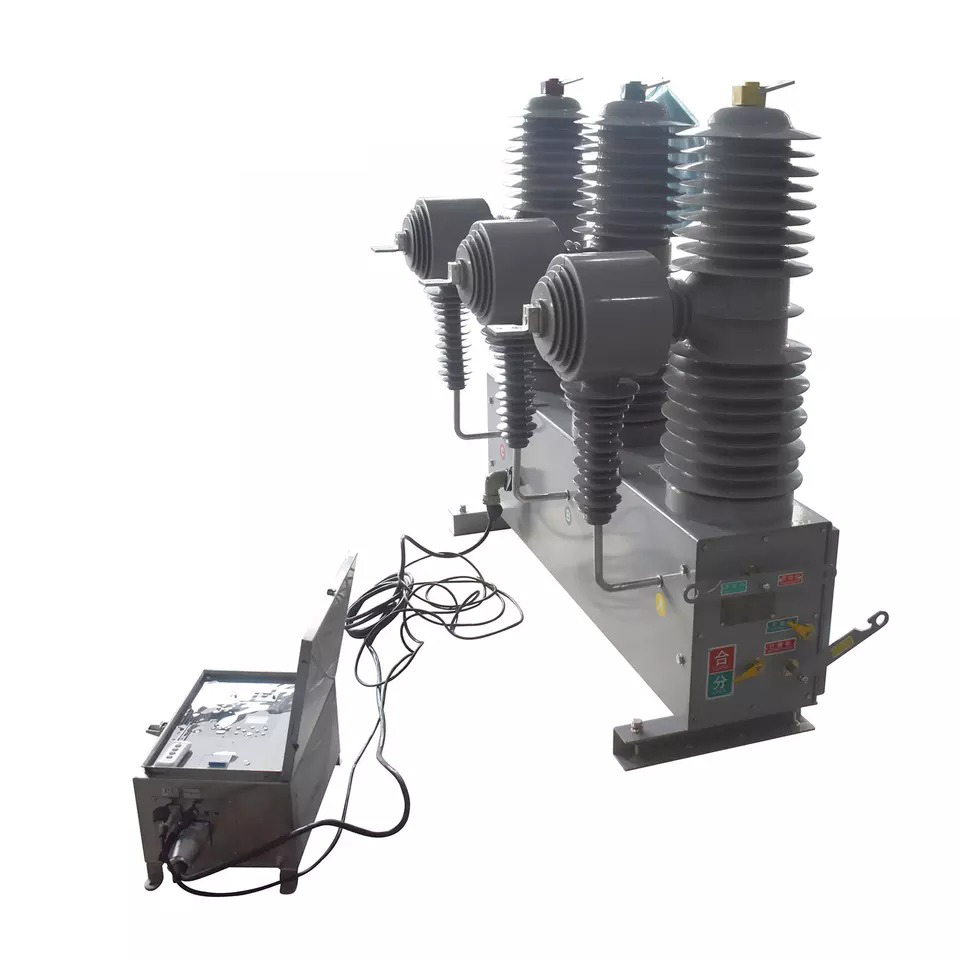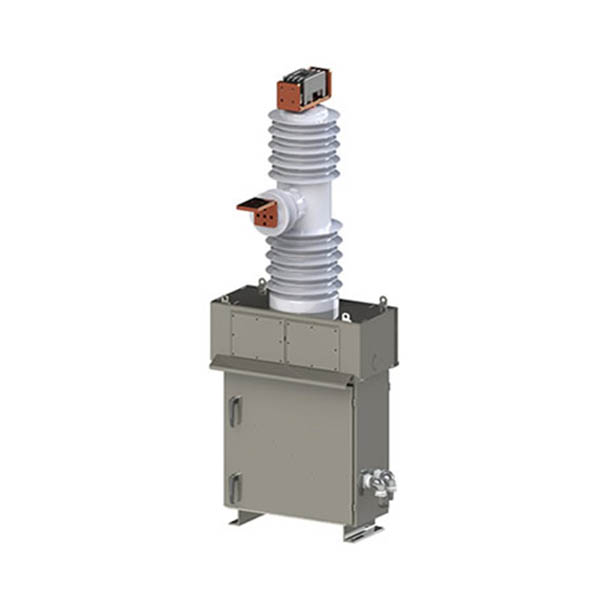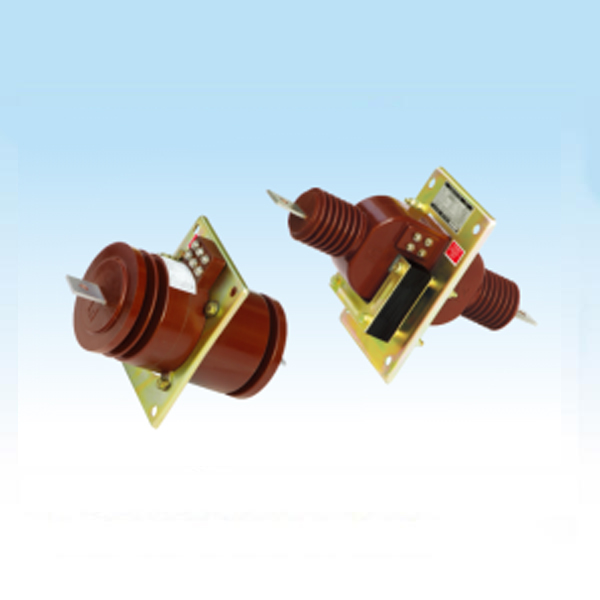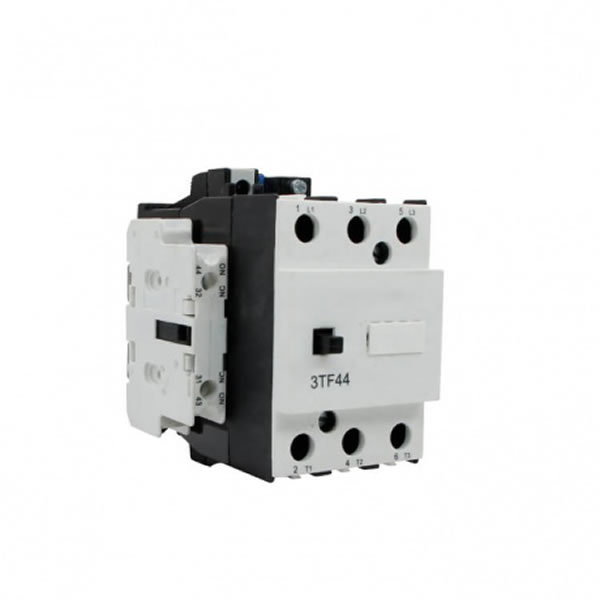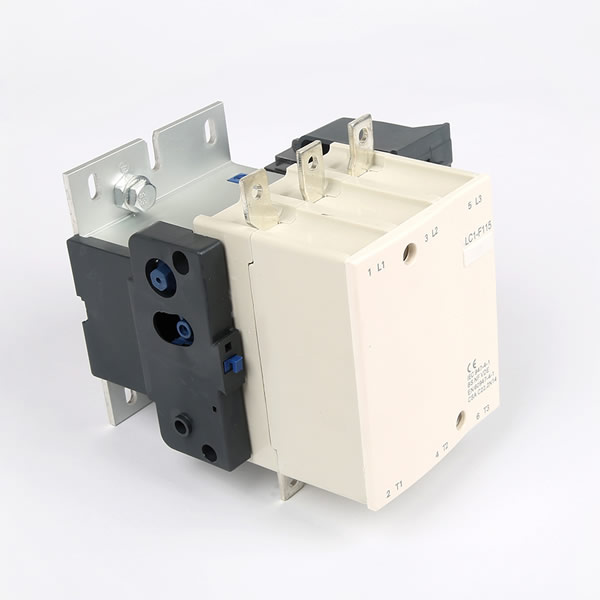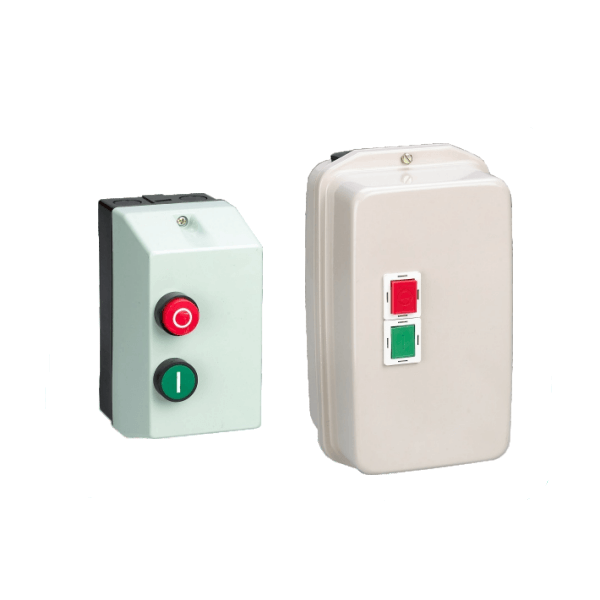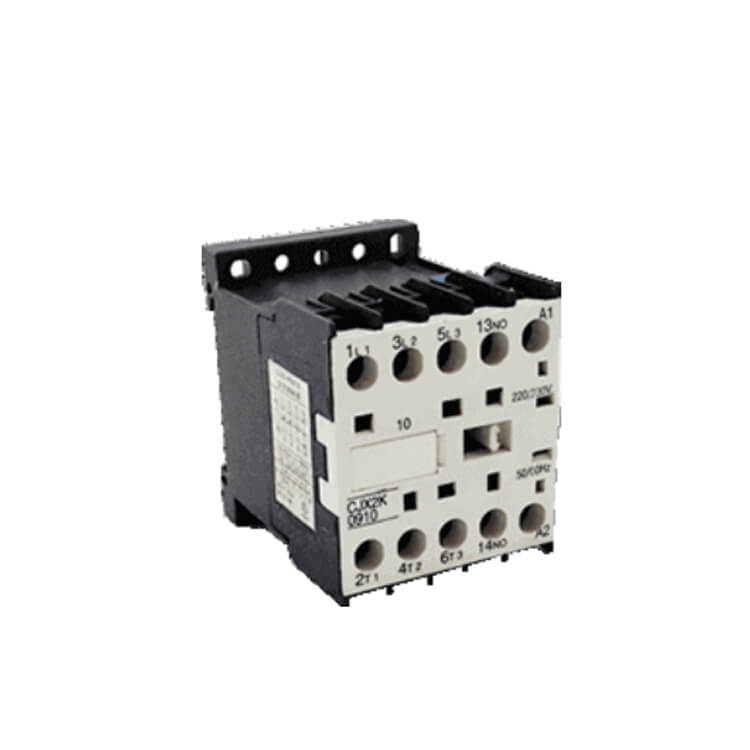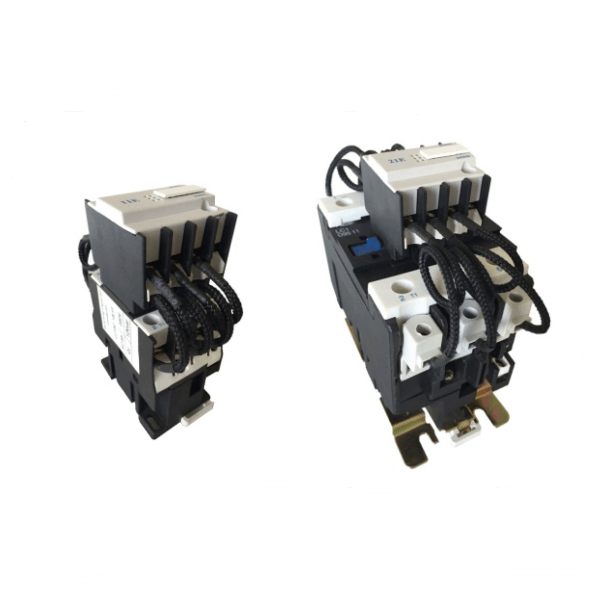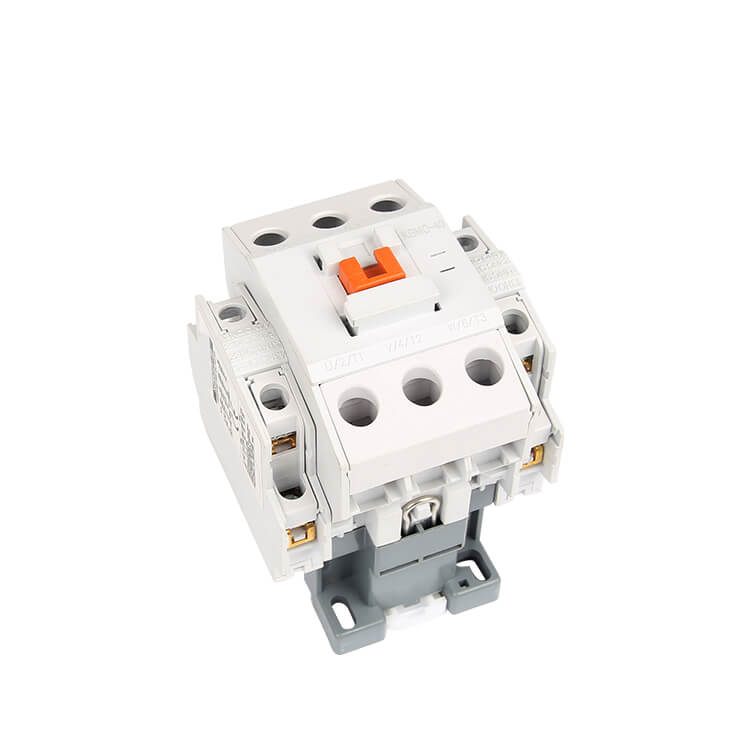Distribution box cooling method
As a device for distributing electric energy, the distribution box usually generates a certain amount of heat, which needs to be dissipated to ensure its normal operation and prolong its service life. The following are several common cooling methods for distribution boxes:
Natural heat dissipation: The casing of the distribution box is usually made of metal material, which can dissipate heat by natural convection by increasing the heat sink or cooling holes of the casing. The heat dissipation effect of the distribution box can be improved by rationally designing the position and size of the heat sink and the heat dissipation hole.
Forced ventilation heat dissipation: Fans or air ducts can be installed in the distribution box to expel hot air and introduce fresh air through forced ventilation to accelerate heat dissipation. This method is usually suitable for distribution boxes with larger power or places with higher ambient temperature.
Heat sink or heat sink: heat sink or heat sink can be installed inside or outside the distribution box, and the heat dissipation effect can be improved by increasing the heat dissipation area. Heat sinks or heat sinks usually use materials with better thermal conductivity, such as aluminum alloy or copper plate, which can quickly conduct heat into the air.
Water cooling and heat dissipation: A water cooling system can be installed inside the distribution box to take away the heat through water circulation, and then distribute the hot water into the air through the radiator. Water cooling is usually suitable for distribution boxes with high power density or when it needs to be used in a high temperature environment.
The above are some common heat dissipation methods for distribution boxes. The specific selection should be reasonably designed and applied according to the actual situation and needs. At the same time, in the process of design and use, relevant safety standards and specifications should be followed to ensure that the heat dissipation effect and safety performance of the distribution box meet the requirements.
